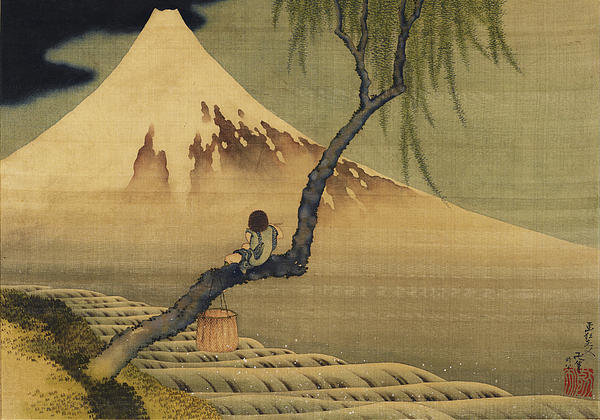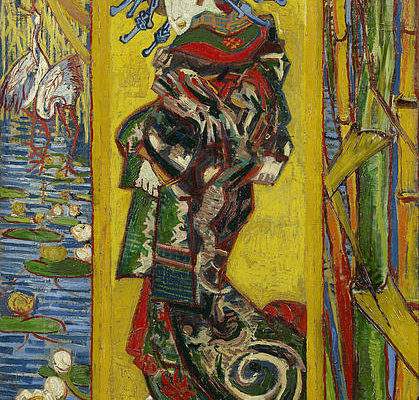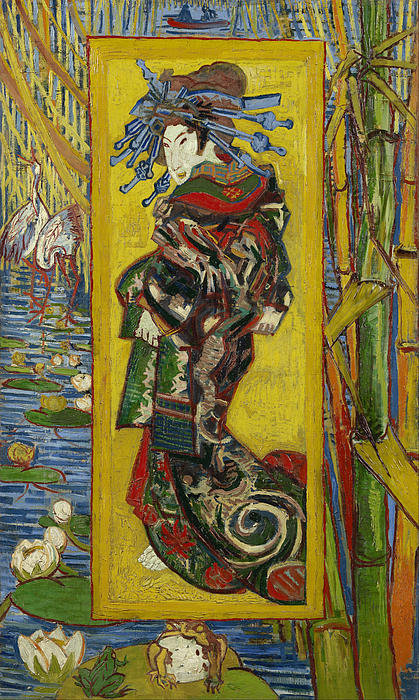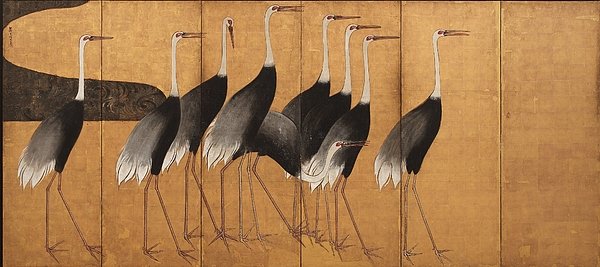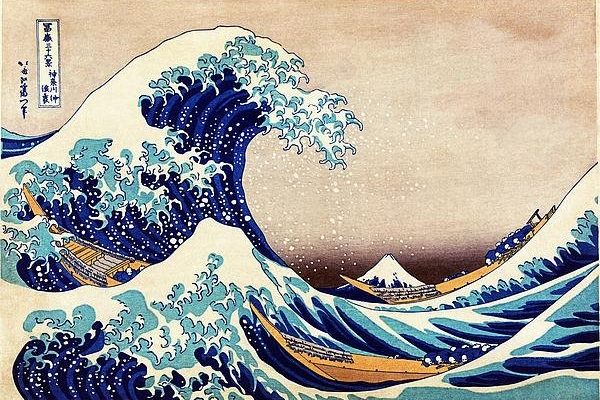Katsushika Hokusai The Great Wave Off Kanagawa Wall Tapestry
Katsushika Hokusai The Great Wave Off Kanagawa
The Great Wave off Kanagawa, also known as The Great Wave or simply The Wave, is an ukiyo-e print by Japanese artist Hokusai, published sometime between 1830 and 1833 in the late Edo period as the first print in Hokusai’s series Thirty-six Views of Mount Fuji. It is Hokusai’s most famous work, and one of the best recognized works of Japanese art in the world.
This beautiful antique artistic vintage Japanese fine art lightweight Wall Tapestry features vivid colors and crisp lines, giving you an awesome centerpiece for any space. They’re durable enough to use as tablecloths or picnic blankets.
- Available in three sizes
- 100% lightweight polyester with hand-sewn finishes
- Suitable for indoor and outdoor use
- Easy to hang, fold up and pack away
- Machine wash with cold water on gentle cycle
- Tumble dry on low heat
Wordwide Shipping available here:



